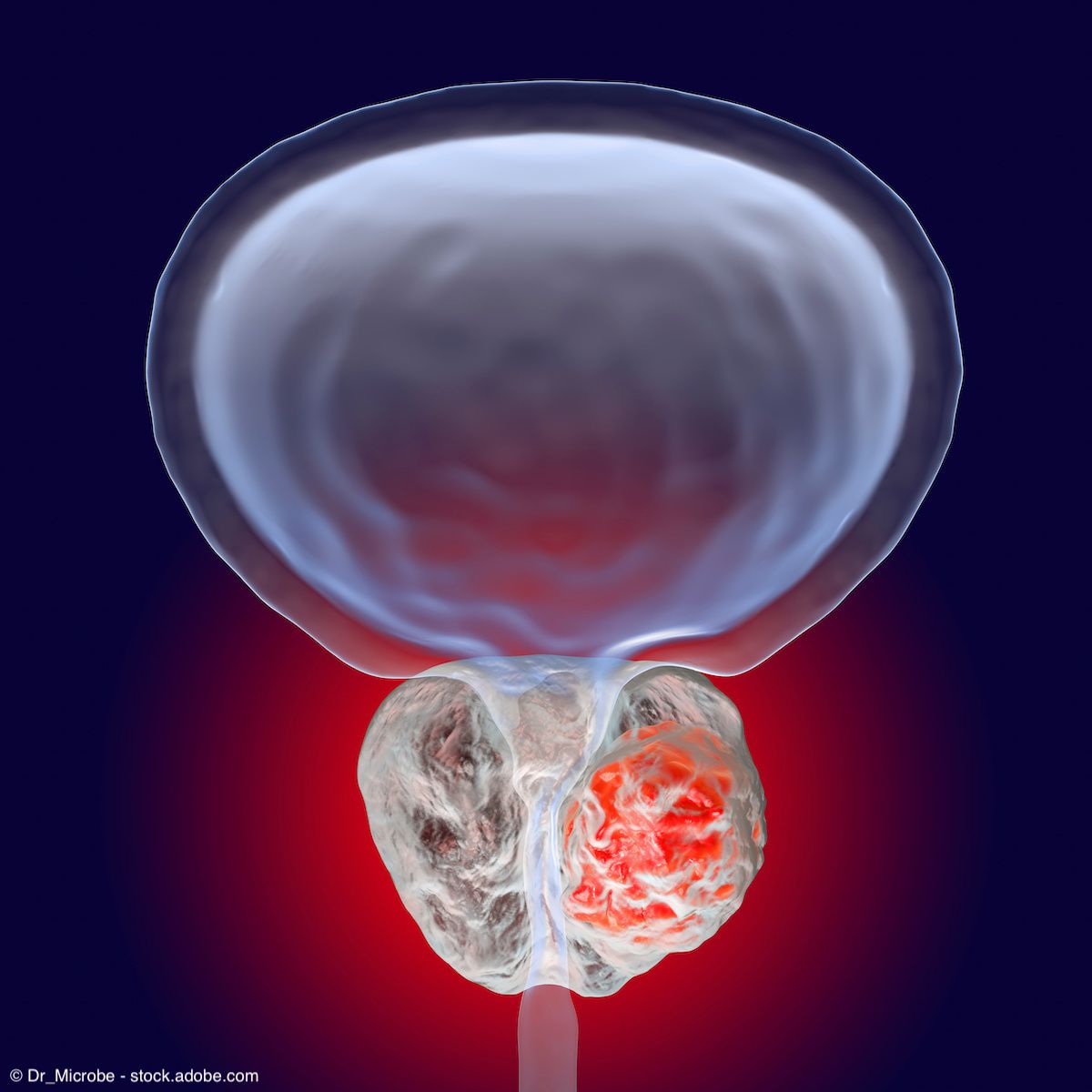Article
How care process models can help your practice
“Care process models… represent a way to decrease variation and waste, and thereby they lead to improved outcomes and significant cost reductions,” says Jay T. Bishoff, MD.
Health care practices and health care organizations should realize that their survival in the future marketplace depends on process improvement and the development of meaningful care process models, according to Jay T. Bishoff, MD.
At the LUGPA annual meeting in Chicago, Dr. Bishoff explained the importance of these projects for improving outcomes and lowering costs, and he outlined strategies for their creation.
Process improvement is important for several reasons, said Dr. Bishoff, of Intermountain Healthcare Urological Institute and the University of Utah College of Medicine, Salt Lake City. First, as health care dollars continue to be stretched, there is a need to figure out the best ways to deliver care. In addition, process improvement protocols are the foundation for delivering the best patient care and will be key to avoiding penalties for failing to meet performance measures.
Read: Urology-specific APMs to encompass PCa, BPH, OAB
“Urology practices or organizations that don’t work on process improvement will find themselves being penalized for having higher-than-expected rates for such things as catheter-associated urinary tract infections, postoperative wound infections, or other events that we are likely to be measured against in the future,” Dr. Bishoff said.
A care process model, according to Intermountain’s website, “summarizes clinical literature and provides expert advice regarding the diagnosis and management of certain diseases,” which are often chronic conditions.
“Care process models are important,” Dr. Bishoff said, “because they truly represent the way to deliver the best health care most efficiently to the populations we serve. They represent a way to decrease variation and waste, and thereby they lead to improved outcomes and significant cost reductions.”
Next: How to get started
While many physicians may recognize the value of process improvement and care process models and would like to tackle these projects, they may feel overwhelmed thinking about how to get started. The approach encouraged by Dr. Bishoff is to identify a process that is causing frustration, waste, or poor outcomes or that is being done in many different ways by the members of the same group.
“From my mentors at Intermountain Healthcare, I learned that it is better to do something the same way than to do it the ‘right’ way,’ and that is because in many cases, you cannot figure out the ‘right’ way until everybody is doing the same thing. Only then can you apply the scientific method to understand your outcomes and systematically improve,” he said.
Dr. Bishoff noted that as an unfortunate reality in medicine, there are many processes for which “the right way” is not known. Large group practices, however, are particularly well-positioned to find the answer through rapid cycle improvement in which they will implement a process among a small group of physicians, determine the outcome, and if it is not optimal, use what is learned to make further modifications.
Also see: LUGPA puts resources behind key policy initiatives, future leaders
After identifying a problematic process, the next step is to delineate all of the steps it involves. Then, each step should be examined to identify leverage points that can be changed. Once change is implemented, data are collected again to see if the change resulted in decreased variation and improved outcomes. Once those goals have been achieved, then a care process model can be created.
The work does not stop there, however, because a care process model has to be successfully implemented and then requires ongoing attention so that it survives and continues to deliver the desired outcomes.
“If not implemented, followed, and nurtured, even really good care process models die,” Dr. Bishoff said.
In choosing a problem to be solved, Dr. Bishoff urged considering whether the desired outcome is important enough to invest the significant time, energy, and resources that must be devoted to develop a care process model.
“At Intermountain Healthcare, we have designed some very impressive care process models that turn out not to be implemented,” he said. “There are a variety of reasons why people are not following the model, but lack of adherence often is because the model was too complicated or challenging to implement in the workflow. When a care process model fails, it typically is because it pushed the health care providers outside of their normal workflow in a manner that they saw as being not beneficial to the patient or themselves. So, while the tool is there, they choose not to open the toolbox and use it.”
More from Urology Times:
LUGPA advocacy targets self-referral laws, USPSTF reform
Senate takes aim at pharmacy benefit managers’ role in rising drug costs
MedPAC advocates for MIPS termination
To get weekly news from the leading news source for urologists, subscribe to the Urology Times eNews.

















